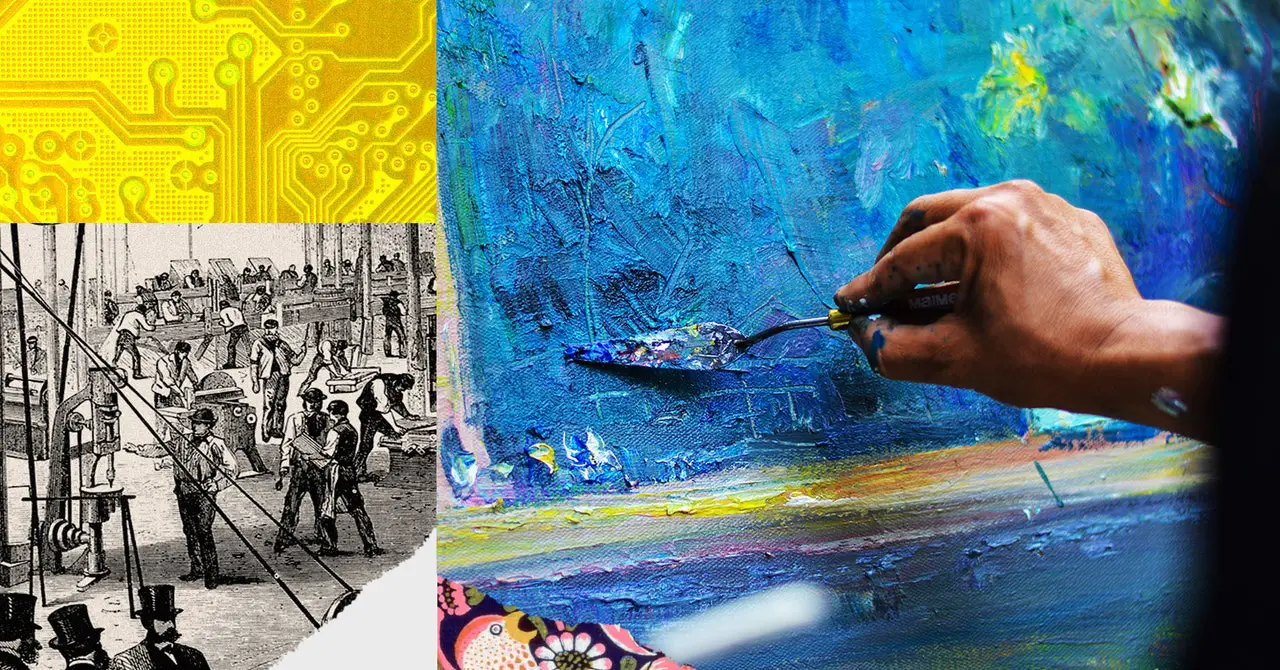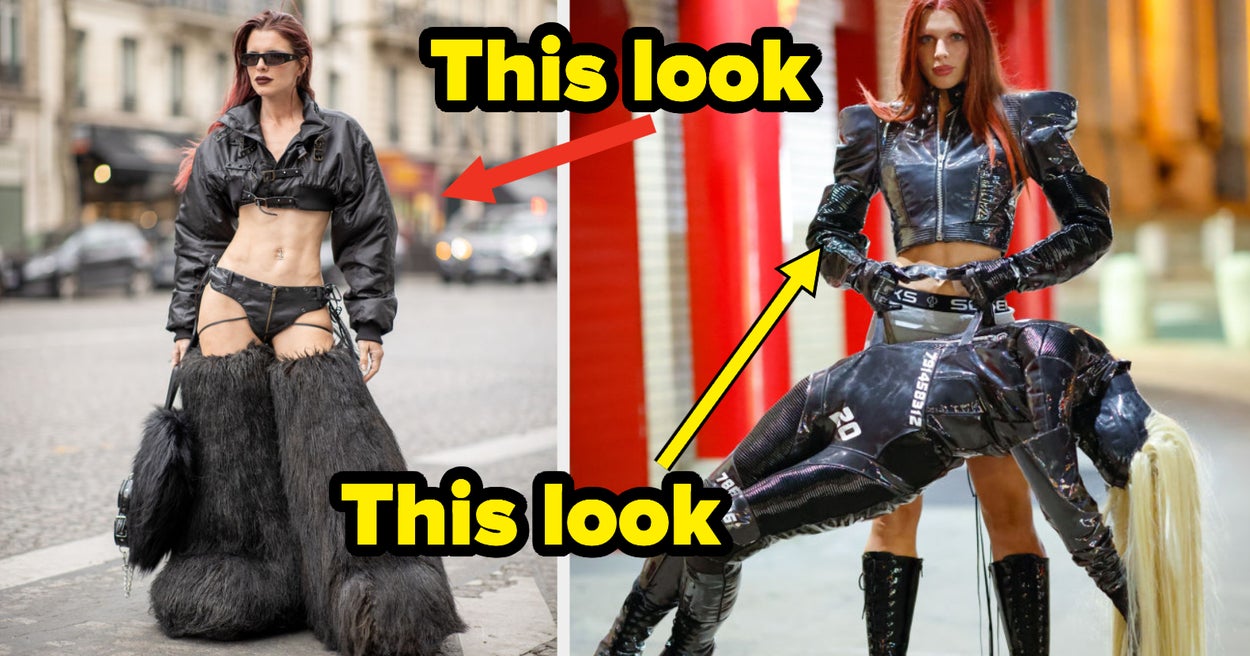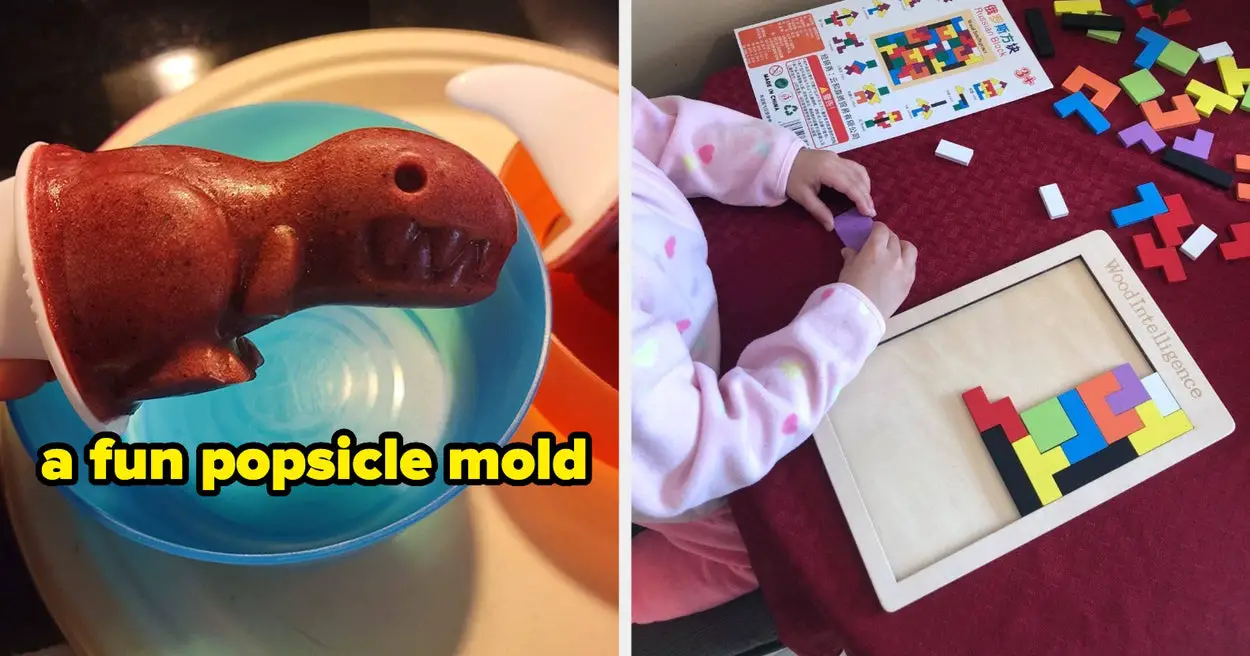March Mindfulness is an annual Mashable series that explores the intersection of meditation practice and technology.
The psychology professor and the brain expert did not set out to study selfies, exactly. But what they found might just make you want to snap more of them.
The scientists were in search of awe, a complex but key human emotion that we’ve only just started to explore through an experimental lens. As UC Berkeley psychologist Dacher Keltner relates in Awe: The New Science of Everyday Wonder(Opens in a new tab) (2023), he and UCSF neuroscientist Virginia Sturm asked two groups of seniors to document a walk once a week for eight weeks.
One group received no further instruction on their walks. The other was asked to take “awe journeys,” where they were instructed to “tap into your childlike sense of wonder” and “approach what you see with fresh eyes, imagining you’re seeing it for the first time”. These concepts are familiar to mindfulness practitioners of all kinds; Zen Buddhists, for example, know the benefits of “beginner’s mind(Opens in a new tab).”
Both groups were asked to report on their wellbeing afterwards and to take selfies during the walks — ostensibly to see if people on self-aware “awe journeys” wore signs of joy on their faces. They did, but what Keltner discovered was more surprising than that.
“In the awe walk condition, people’s selfies increasingly included less of the self, which over time drifted off to the side,” Keltner reports. “Their smiling faces were less important in their own images; their focus was “more of the outside environment — the neighborhood they were strolling in … the trees, the sunset, the cavorting children on a climbing structure.”
In other words, says Keltner, the pictures were proof that selfies can display a reduction in the photographer’s ego: “pictorial evidence of the vanishing self, and an awareness of being part of something larger.”
Which is great, so far as it goes. But how can we incorporate this research in our everyday lives — or use it to nudge our more egotistical, selfie-loving friends in the right direction?
Can the right selfie framing make us more mindful?
Now, the average young Instagram obsessive might not be entirely open to mindfulness instruction before snapping selfies (unlike the participants in Keltner’s awe walk study, who were all seniors). But can we perhaps reverse-engineer the process?
Could the simple act of taking a selfie with a smaller self, showing less of you and more of the world around you, make you more mindful?
“Cool idea,” Keltner said when I posed the question. He proceeded to riff on the idea of “an app that would enable photos taken that render the self smaller and not in the center — or more ground than figure, as they say.” (Figure to ground ratio is a common concept in photography(Opens in a new tab) as well as art theory(Opens in a new tab).)
There is, as yet, no app that performs this function — which may be a limitation of imagination, or a limitation of technology. Front-facing cameras on smartphones tend to have limited wide-angle capabilities. Still, there’s nothing stopping an app from stitching together a number of selfie-camera shots taken sequentially.
Stitching them together would be child’s play for our advanced AI image algorithms. The resulting shot could give you a much, much wider angle on everything — perhaps with you so small and so far off to the side that looking at the photo almost becomes a Where’s Waldo-style scavenger hunt for the self.
Oh yes, and there is evidence of a very large and self-effacing audience looking for a more creative selfie format — an audience that has tried the BeReal app and its simultaneous social selfies, but appears to be looking for something more satisfying.
This audience is called Gen Z.(Opens in a new tab)
The 0.5 selfie and mindfulness
Witness the rise of the 0.5 selfie, a 2022 trend sparked by the iPhone 12’s ultra-wide rear lens — and a step on the road, hopefully, to a more mindful selfie trend.
The 0.5 refers to the wide angle zoom; basically, everything is way zoomed out in a 0.5 selfie, and you look gangly and awkward. That’s partly because you have to position the phone so you can’t see the screen, assume you’re in the wider frame, and click the shutter with a volume button.
The 0.5 selfie, in itself, is more an act of mockery than of mindfulness. It takes self-deprecating delight in getting the selfie “wrong”. “It is all about being subversive with the presentation of self,” Alice Ophelia, a writer for Gen Z culture newsletter High Tea,(Opens in a new tab) told Mashable last year.
The traditional selfie has ruled the cultural roost since before there were smartphones; the earliest found use of the word itself was first seen in the comments section of a 2002 Australian Broadcasting Corporation article, though there is evidence that the origins of “selfie” go back even further(Opens in a new tab). No wonder the younger generation wants to mock decades of millennial egoism.
So if the traditional selfie is no longer on the cutting edge, and the mocking, anarchic widescreen selfie trend has subsided, what comes next? A natural development would be the authentic, less self-y selfie — one that puts you vs. the world in proper perspective.
After all, what’s more self-deprecating than acknowledging how incredibly small you are compared to the globe you’re standing on? What’s more necessary in the 21st century than understanding that we are intimately connected to it, and to each other?
Perhaps one day, if AI can stitch together enough wide-angle selfies, we will achieve the ultimate evolution of the form: a planet-encompassing massively multi-selfie. In the meantime, mindfulness seekers can prepare the ground — not by shunning selfies altogether, but by putting a little bit more of the Earth in their every front-facing photo.










Leave a Reply